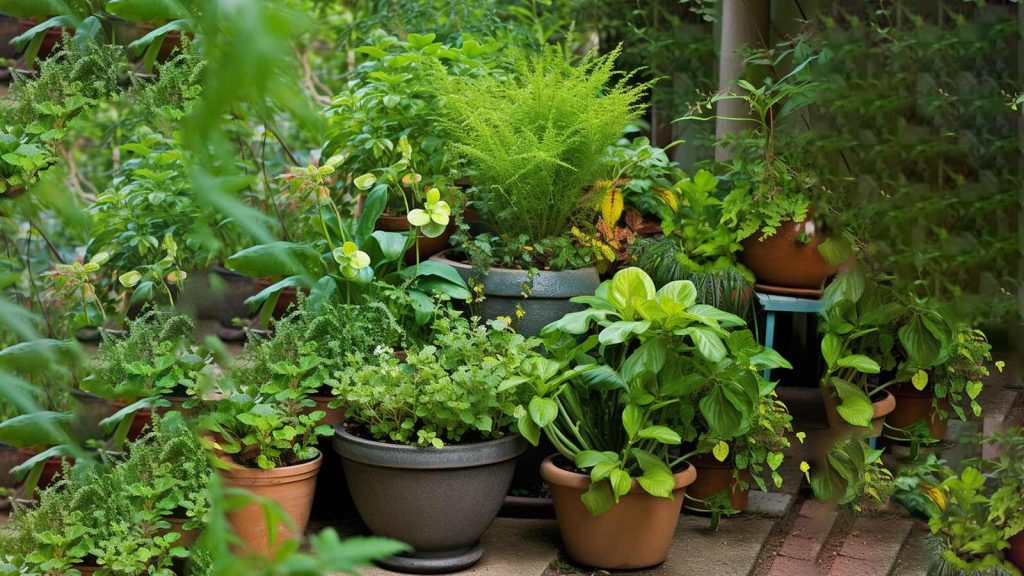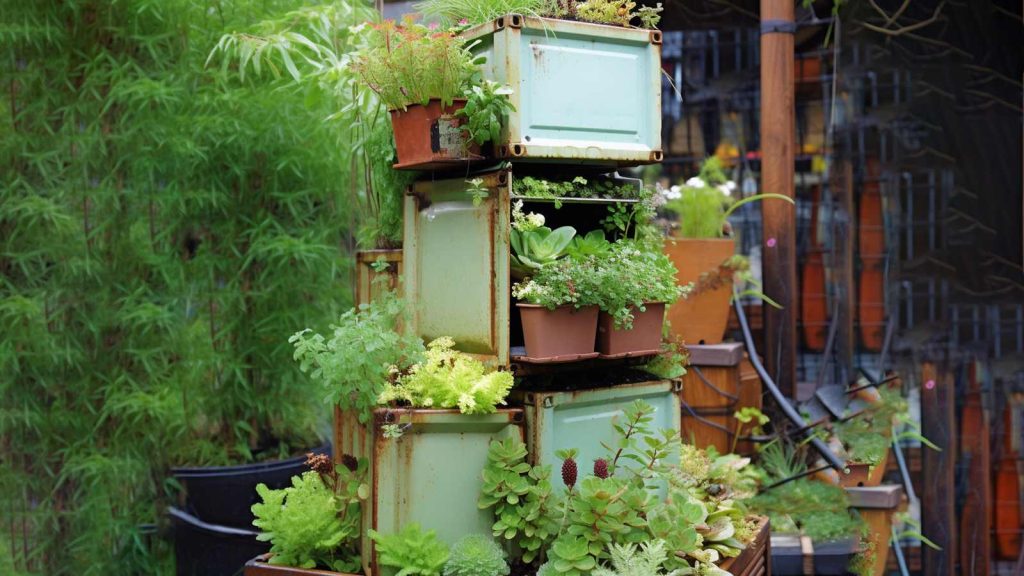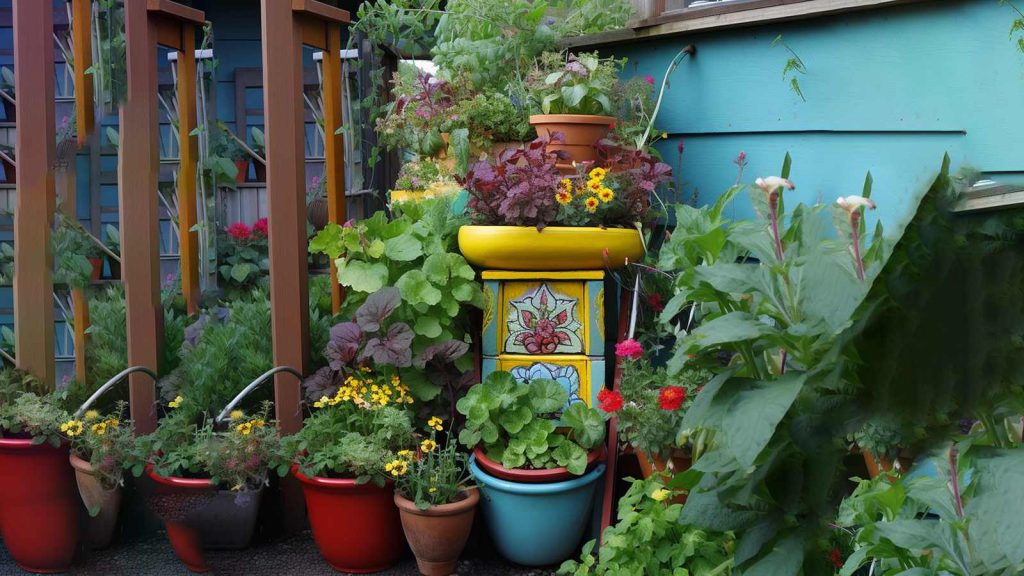Do you have limited outdoor space but still yearn to indulge in the joys of gardening? Container gardening is a fantastic solution that allows you to cultivate a lush and vibrant garden in even the smallest of spaces. Whether you have a balcony, patio, or windowsill, mastering the art of container gardening opens up a world of possibilities for growing plants and beautifying your home. Here are some tips to help you create a thriving container garden:
1. Choose the Right Containers:
- Size and Drainage: Select containers that provide enough space for the plant’s root system to grow and thrive. Ensure they have adequate drainage holes to prevent waterlogging, which can lead to root rot.
- Material: Opt for containers made of materials like clay, terracotta, ceramic, or plastic, depending on your preferences and the specific needs of your plants. Each material has its own advantages, such as better moisture retention or insulation.
2. Select the Right Plants:
- Consider Your Space: Assess the amount of sunlight, shade, and wind exposure in your area. Choose plants that are suitable for those conditions to ensure their health and vitality.
- Plant Compatibility: When selecting plants for your containers, consider their growth habits, size, and water requirements. Choose plants that have similar needs and will thrive together in the same container.
3. Choose Quality Potting Mix:
- Nutrient-Rich Soil: Use a high-quality potting mix that provides good drainage, aeration, and nutrition for your plants. Avoid using garden soil alone, as it can become compacted and hinder root growth.
4. Water Regularly and Properly:
- Monitor Moisture Levels: Containers tend to dry out more quickly than garden beds. Regularly check the moisture levels of the soil by sticking your finger an inch or two into the soil. Water when the top layer feels dry.
- Watering Techniques: Water thoroughly until you see water draining from the bottom of the container. This ensures that the entire root system is hydrated. Avoid overwatering, as it can lead to root rot.
5. Provide Adequate Sunlight:
- Assess Sun Exposure: Determine the amount of sunlight your plants need and place your containers accordingly. Some plants thrive in full sun, while others prefer partial shade or indirect light.
- Rotate Containers: If your plants are not receiving uniform sunlight due to a limited sun-facing space, rotate the containers periodically to ensure even growth and prevent leaning towards the light.
6. Feed Your Plants:
- Fertilize Regularly: Container-grown plants may require more frequent feeding since nutrients in the potting mix can deplete faster. Use a balanced, slow-release fertilizer or organic alternatives according to the specific needs of your plants.
7. Maintain Proper Drainage:
- Elevate Containers: Place pots on pot feet or bricks to allow for proper drainage and prevent the containers from sitting in standing water.
- Use Pot Liners: To avoid soil clogging the drainage holes, use pot liners like coffee filters or pieces of landscape fabric at the bottom of the container before adding the potting mix.
8. Embrace Vertical Gardening:
- Utilize Vertical Space: Maximize your limited space by utilizing vertical gardening techniques. Hang planters, use wall-mounted containers, or invest in a vertical garden system to grow more plants in less space.
9. Be Mindful of Seasonal Changes:
- Adjust for Climate: In colder climates, protect your plants during frost or extreme weather by moving them indoors or providing frost protection. In warmer climates, consider shade options during hot summer months.
Container gardening offers the opportunity to get creative and express your personal style in smaller spaces. With proper care, you can create a thriving garden oasis that adds beauty and greenery to your home. So, grab your containers, select your favorite plants, and embark on the rewarding journey of container gardening.




